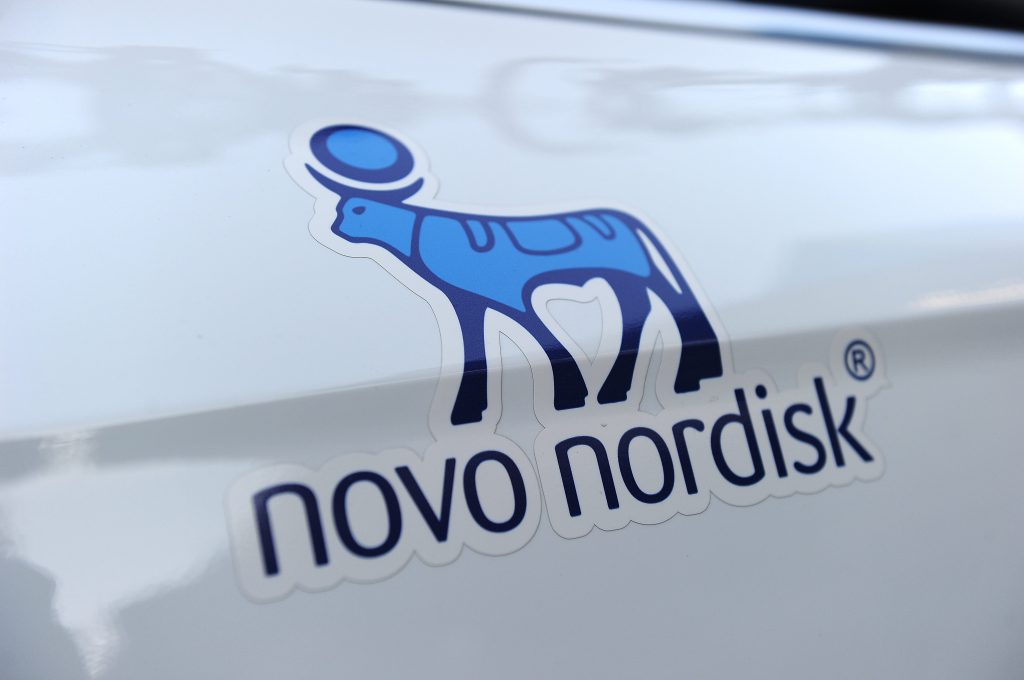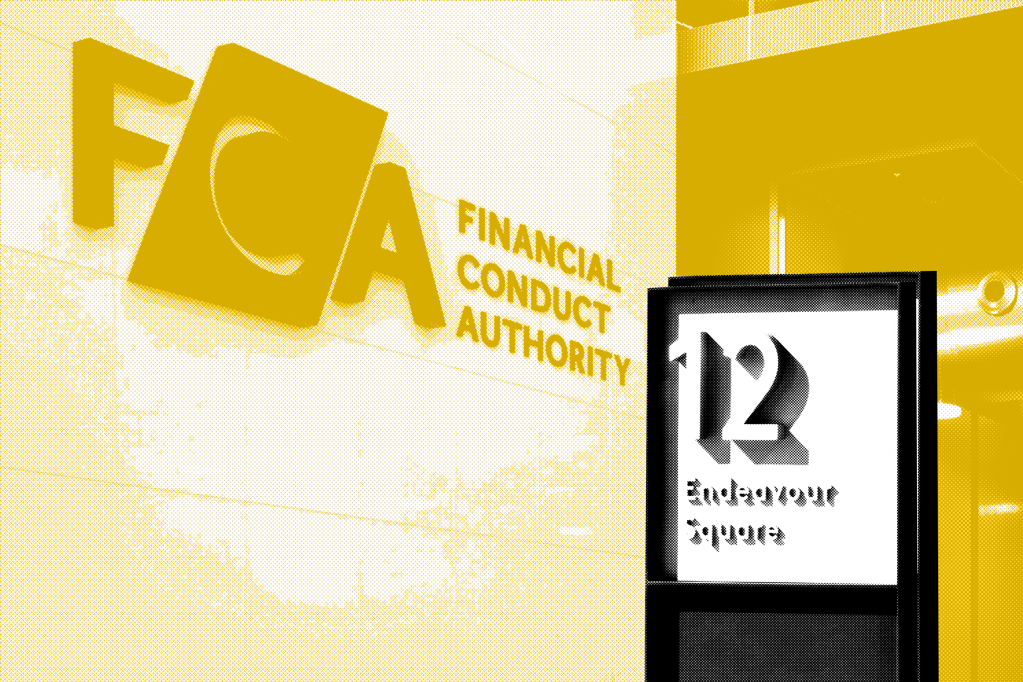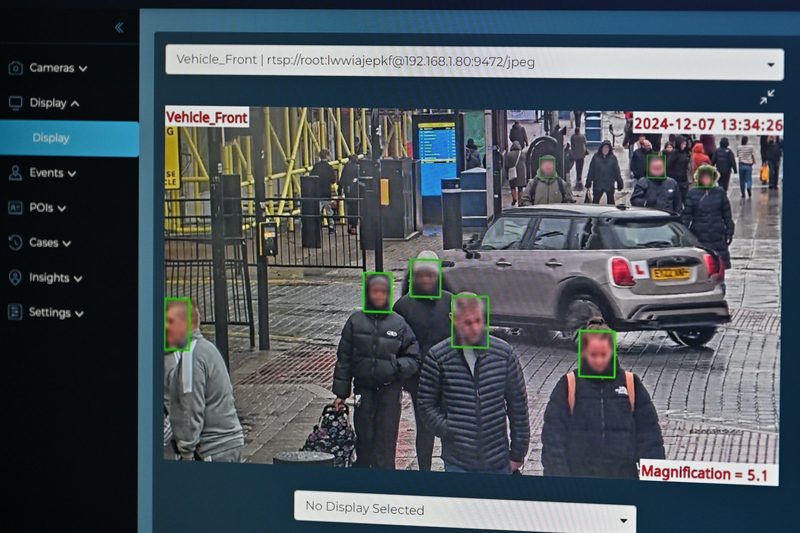On June 29, the US Supreme Court ruled in the case Students for Fair Admissions, Inc. v. President and Fellows of Harvard College to end the four-decade long practice by universities and colleges of considering the race of their applicants during the admissions process.
The ruling said the race-conscious policies at Harvard University and the University of North Carolina violated the Equal Protection Clause of the Fourteenth Amendment.
Since then, some of those educational institutions have issued statements to express their commitments to a diverse student body, and many people are wondering what the ruling may or may not mean for corporate diversity, equity and inclusion (DEI) initiatives, if anything.
Constitutional questions
First of all, as a legal matter, the Court’s rejection of race-conscious admissions in higher education does not, by itself, prevent employers from pursuing diversity initiatives in the workplace.
Employment lawyer Tawny L Alvarez, a partner at Verrill Dana LLP in Portland, Maine, agrees. “The question before the Court was a constitutional one and would not apply (by itself or through the direct ruling) to private employers.”
The US Constitution protects individuals from acts by the government; private employees do not have Equal Protection rights as it relates to their relationship with private companies.
Alvarez points out, though, that certain federal and state laws, still permit affirmative action plans if they are constructed with certain guardrails.
“The question before the Court was a constitutional one and would not apply (by itself or through the direct ruling) to private employers.”
Tawny Alvarez, Partner, Verrill Dana LLP
One exception to Title VII of the Civil Rights Act of 1964 – which says that an employer cannot make adverse or positive employment decisions on account of race (or other protected classifications) – holds that federal contractors with affirmative action plans can do so.
In fact, these federal contractors (and subcontractors) are supposed to meet certain standards regarding the employment of different individuals based on race, color, gender, religion, national origin, disability and veteran status, including training and outreach efforts.
Another exception is the voluntary affirmative action program other employers (not serving as federal contractors) might have that the Equal Employment Opportunity Commission (EEOC) defines as “a business management concept under which employers voluntarily promote inclusive workplaces.”
Workplace DE&I
This is distinct from workplace DE&I efforts, as those are forward-looking; the EEOC voluntary affirmative action program is one designed to remedy past discriminatory conduct or historic restrictions that served to limit the labor pool.
While federal law permits employers to have these voluntary affirmative action plans, companies may be faced with states that restrict their ability to take certain traits or backgrounds into account, even with a plan that complies with US law, Alvarez warned.
Basically, although the Supreme Court’s affirmative action ruling does not directly affect employers, voluntary affirmative action programs and any corporate DEI initiatives should be reviewed to see if they could withstand legal scrutiny if a lawsuit was filed against the organization, Alvarez said.
Employees should receive training on how diversity can be taken into account in making hiring decisions, she said, making sure to avoid such things as the stereotyping prohibited by the June Supreme Court’s decision.
Civil rights
Eric Sanders, a civil rights lawyer and owner and president of The Sanders Firm, P.C. in New York thinks the ruling will certainly affect diversity initiatives at US companies, and he thinks we’ll see a lot more litigation.
“There’s still a lot of gray area for universities here – and even more for corporate employers – about how they can achieve diversity without using specific racial goals. They can probably get around the prohibitions, but the ruling opens the door for more legal challenges,” he said.
EEOC Chair Charlotte Burrows issued a statement from her agency saying that the ruling does not address employer efforts to foster diverse and inclusive workforces or to engage the talents of all qualified workers, regardless of their background.
“It remains lawful for employers to implement diversity, equity, inclusion and accessibility programs that seek to ensure workers of all backgrounds are afforded equal opportunity in the workplace,” Burrows said.
Preparing for legal challenge
Last August, Starbucks Corp. executives and directors were sued by the National Center for Public Policy Research (NCPPR), with the conservative think tank saying the coffee chain’s efforts to promote diversity amount to racial discrimination. “
NCPPR objected to Starbucks’ setting hiring goals for people of color, awarding contracts to “diverse” suppliers and advertisers, and tying executive pay to diversity.
Keesa Schreane, Author of Gambling on Green: Uncovering the Balance Among Revenues, Reputations, and ESG, and a keynote speaker, consultant, and host of the Climate Money Work podcast, said litigation like that one needs to be watched carefully.
And she said a look at corporate policies around diversity is warranted right now, especially if any of them create racial quotas.
Thanks to a policy the exchange has for the companies choosing it, Nasdaq-listed companies generally must have at least one woman and at least one minority or LGBTQ member on their boards – unless they disclose why they can’t have diverse members.
“I would suggest that employers consult counsel regarding their affirmative action and diversity-focused programs to ensure they are following guidance from the US Department of Labor and the EEOC.”
Craig Leen, former director, Office of Federal Contract Compliance Programs
Nasdaq offers some exemptions, especially for smaller companies, but the the NCPPR and other conservative groups are suing the US Securities and Exchange Commission for approving the Nasdaq board diversity rules, alleging the rules are the same as a quota requirement.
The litigants have some momentum going into that legal battle: California’s Superior Court struck down a state law that explicitly required companies based in the state to have women and minority or LGBTQ board members last year.
Craig Leen, former director of the Office of Federal Contract Compliance Programs and someone who oversaw affirmative action in employment for federal contractors, said that voluntary affirmative action programs, can still can focus on underrepresented groups in their outreach, and recruitment.
But any plus factors (such as a candidate’s race), as well as preferences and quotas, remain unlawful, he said.
Affirmative action
“I would suggest that employers consult counsel regarding their affirmative action and diversity-focused programs to ensure they are following guidance from the US Department of Labor and the EEOC,” Leen explained, “and that they emphasize that their programs promote equal employment opportunity and forbid plus factors, preferences and quotas.”
And Sanders had an interesting idea: “Why not take that some of the diversity resources you use as a business to recruit a more diverse workforce to create a more diverse marketing campaign?”
“Advertise your banking, high-tech and healthcare services in new communities – ones with more diverse backgrounds and outside of the areas where you usually target most of your marketing money. You will have more diverse clients, more people asking you for internships and jobs, all because you became better known in their neighborhood,” he said.













